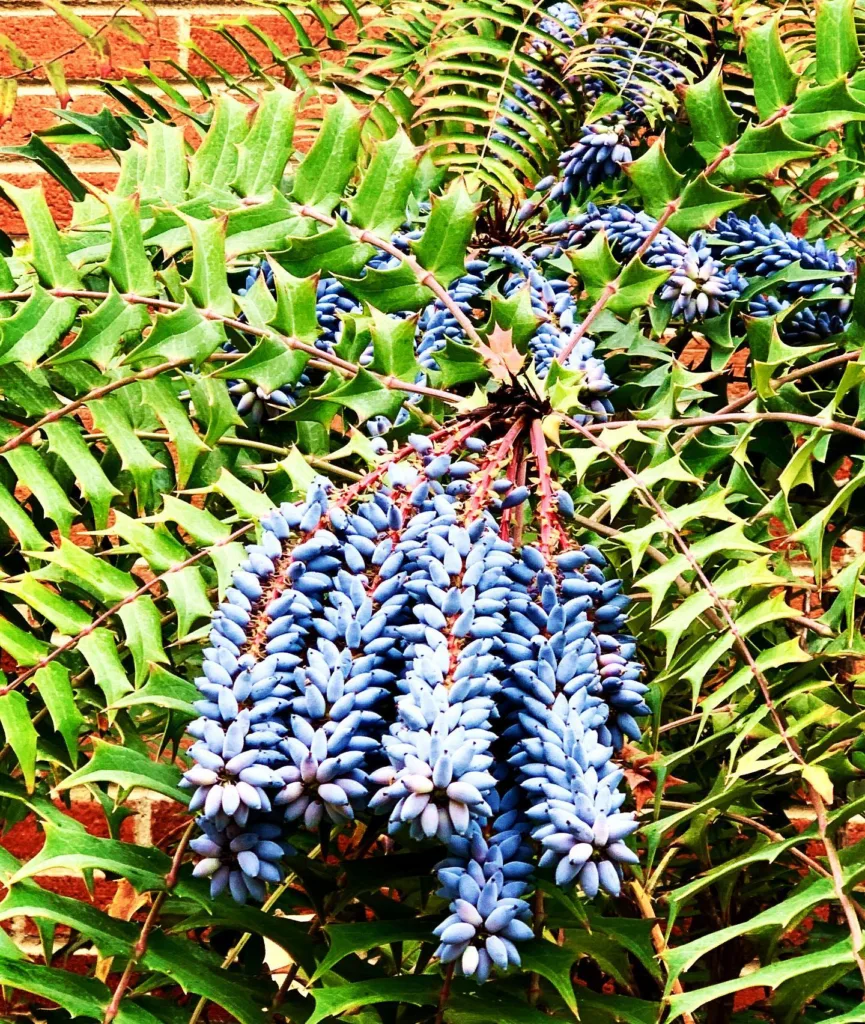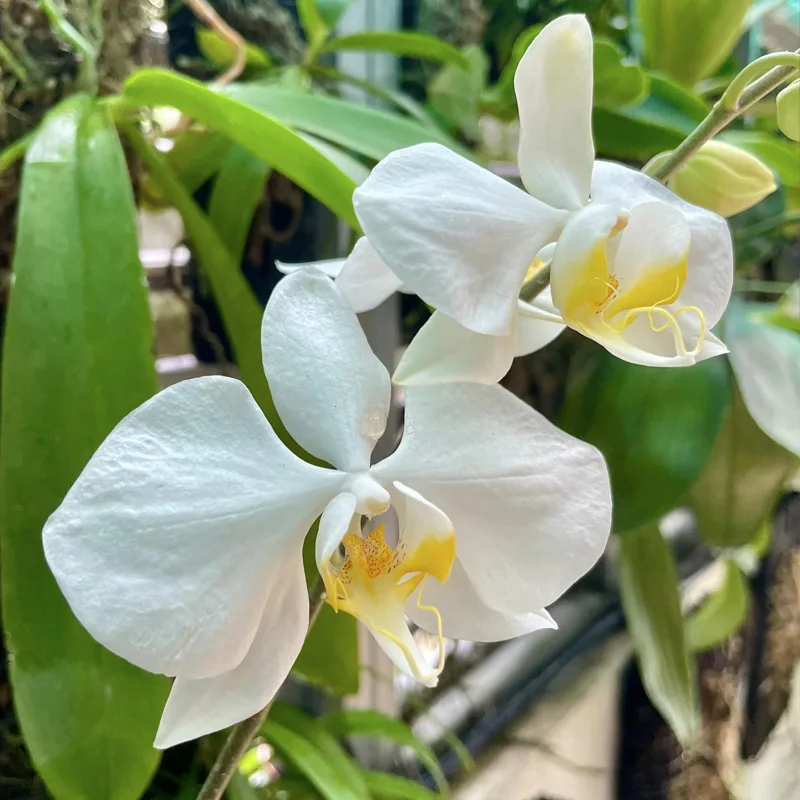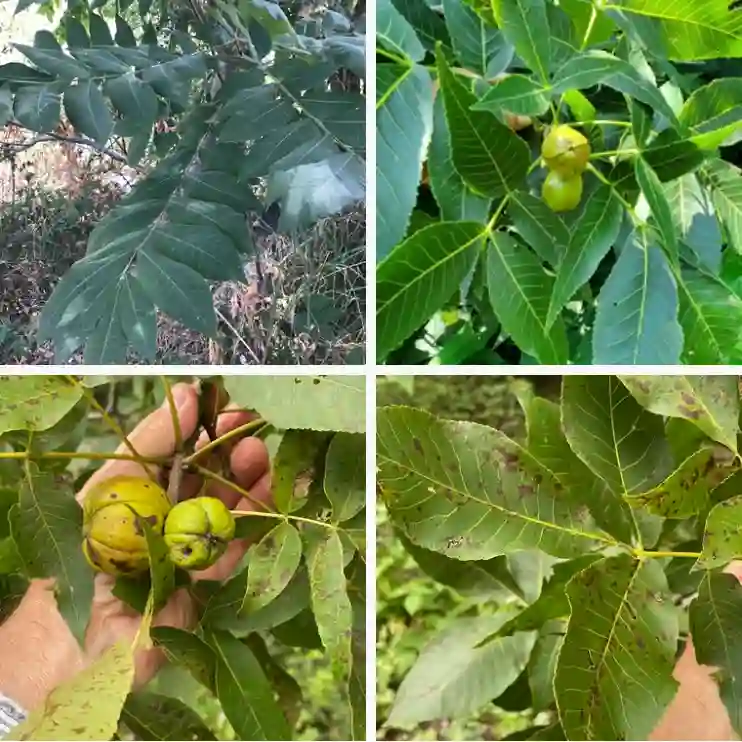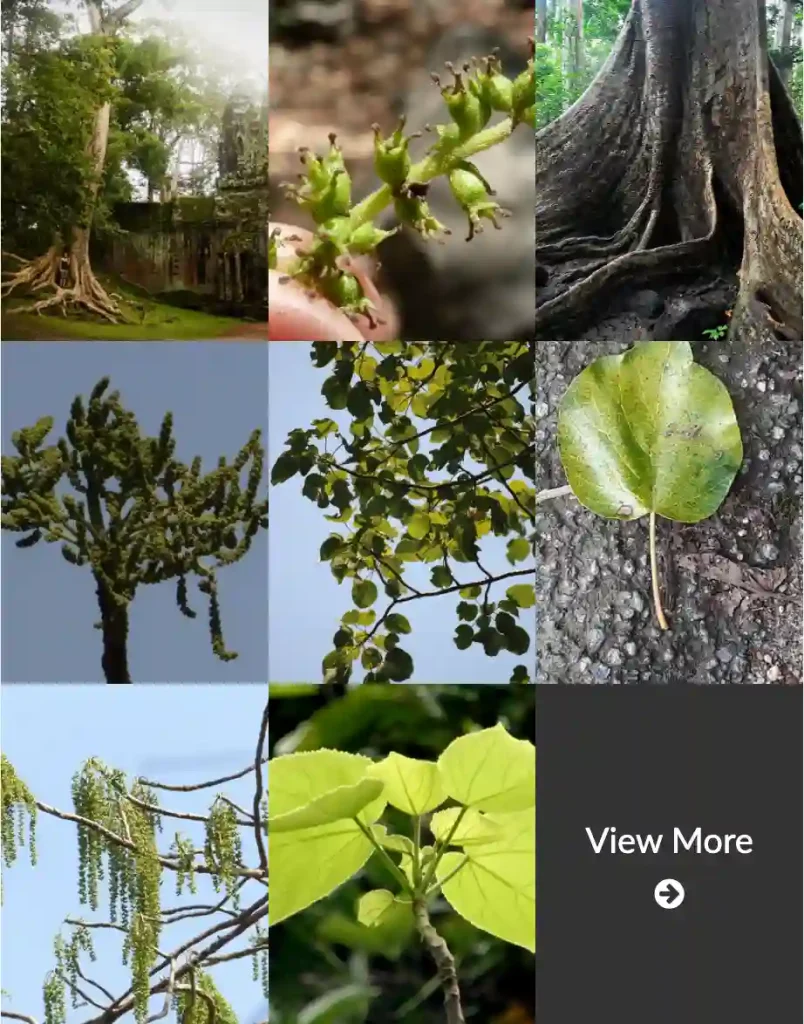Phalaenopsis Stuartiana: A Fragrant Jewel for Discerning Orchid Enthusiasts
For orchid aficionados like myself, Phalaenopsis Stuartiana holds a special allure. This captivating species, also known as Stuart’s Phalaenopsis, isn’t your average moth orchid. It boasts a unique charm that sets it apart from the ubiquitous Phalaenopsis hybrids flooding the market. Here, I’ll delve into the enchanting world of Phalaenopsis Stuartiana, addressing some common questions and exploring its distinctive features.
89 Species in Genus Phalaenopsis
What is Phalaenopsis Stuartiana?
Phalaenopsis Stuartiana hails from the Philippines, gracing the islands with its delicate beauty. Unlike the large, vibrantly colored blooms of many hybrids, this orchid offers a subtler elegance. Its flowers are typically white, adorned with charming red spots or stripes. The overall effect is mesmerizing – a dance of light and color on a canvas of pristine white. But the magic doesn’t stop there. Phalaenopsis Stuartiana is blessed with a captivating fragrance, often described as sweet and citrusy. This delightful aroma adds another dimension to the orchid’s allure, filling your home with a touch of the tropics.
How to care for Phalaenopsis Stuartiana?
Phalaenopsis Stuartiana might not be the easiest orchid to cultivate, but the rewards are certainly worth the effort. While it shares some care requirements with its hybrid cousins, there are a few key things to remember:
- Light: Phalaenopsis Stuartiana thrives in bright, indirect light. Avoid harsh midday sun, which can scorch the leaves. East or north-facing windows are ideal.
- Watering: Unlike some orchids that revel in constantly moist media, Phalaenopsis Stuartiana prefers to dry out slightly between waterings. Stick your finger into the potting mix – if the top inch feels dry, it’s time to water.
- Temperature: This orchid appreciates warm to hot temperatures, ideally between 70-85°F (21-29°C) during the day and slightly cooler at night.
- Humidity: Moderate to high humidity (around 60-80%) is key. Grouping your Phalaenopsis Stuartiana with other humidity-loving plants or using a pebble tray can help create a more favorable environment.
- Potting: Choose a well-draining orchid potting mix specifically formulated for Phalaenopsis orchids. A clear pot allows you to monitor root health.
Pro Tip: Phalaenopsis Stuartiana can be quite rewarding when mounted on a driftwood or cork slab. This method provides excellent air circulation and allows the roots to breathe freely.
Phalaenopsis Stuartiana vs. Phalaenopsis Hybrids: Picking Your Perfect Orchid
So, how does Phalaenopsis Stuartiana compare to the more common Phalaenopsis hybrids? Here’s a quick breakdown:
- Flowers: Hybrids often boast larger, showier blooms in a wider range of colors. Phalaenopsis Stuartiana offers a more understated beauty with its smaller, white flowers and red markings.
- Fragrance: Many hybrids lack the delightful fragrance that graces Phalaenopsis Stuartiana.
- Care: Hybrids are generally easier to care for, often tolerating a wider range of conditions. Phalaenopsis Stuartiana requires a bit more attention to light, watering, and humidity.
- Availability: Hybrids are readily available at most orchid retailers. Phalaenopsis Stuartiana can be trickier to find, often sold by specialist orchid nurseries.
Ultimately, the choice depends on your personal preferences. If you seek a readily available, easy-care orchid with stunning blooms, a hybrid might be the way to go. But if you yearn for a unique, fragrant orchid that offers a challenge and rewards with captivating beauty, then Phalaenopsis Stuartiana is a treasure waiting to be discovered.
Beyond the Basics: Unlocking the Secrets of Phalaenopsis Stuartiana
For those who have fallen in love with Phalaenopsis Stuartiana, the journey doesn’t end with basic care. Here are some additional tips to encourage blooms and ensure your orchid thrives:
- Fertilization: Use a weak orchid fertilizer during the active growing season (spring and summer) and withhold it during the resting period (fall and winter).
- Repotting: Repot your Phalaenopsis Stuartiana every 2-3 years when the roots outgrow the pot or the potting mix decomposes. Choose a pot only slightly larger than the current one.
- Encouraging Blooms: Providing a slight temperature drop at night (around 10°F cooler) can sometimes trigger flowering. Additionally, increasing light levels during the cooler months can be beneficial.
Embrace the Allure: Phalaenopsis Stuartiana – A Gateway to the Orchid World
Phalaenopsis Stuartiana is more than just an orchid; it’s an invitation to delve deeper into the fascinating world of orchids. Caring for this special species can ignite a passion for orchid cultivation. As you witness its delicate blooms unfurl and experience its delightful fragrance, you’ll discover the immense satisfaction that comes with nurturing a unique and rewarding plant.
Here are some additional thoughts to ponder:
- Community: Joining online forums or local orchid societies can connect you with fellow Phalaenopsis enthusiasts who can share their experiences and offer valuable advice.
- Advanced Techniques: As you gain confidence, you can explore more advanced techniques like mounted culture or experimenting with different potting media.
- Conservation: Phalaenopsis Stuartiana, like many orchids, faces threats in its natural habitat. Consider supporting reputable orchid conservation organizations.
By embracing the challenge and beauty of Phalaenopsis Stuartiana, you embark on a journey of discovery, not just with this captivating orchid but with the entire orchid kingdom waiting to be explored. So, welcome to the world of Phalaenopsis Stuartiana – a world of elegance, fragrance, and the endless pursuit of orchid perfection.
If i die, water my plants!



